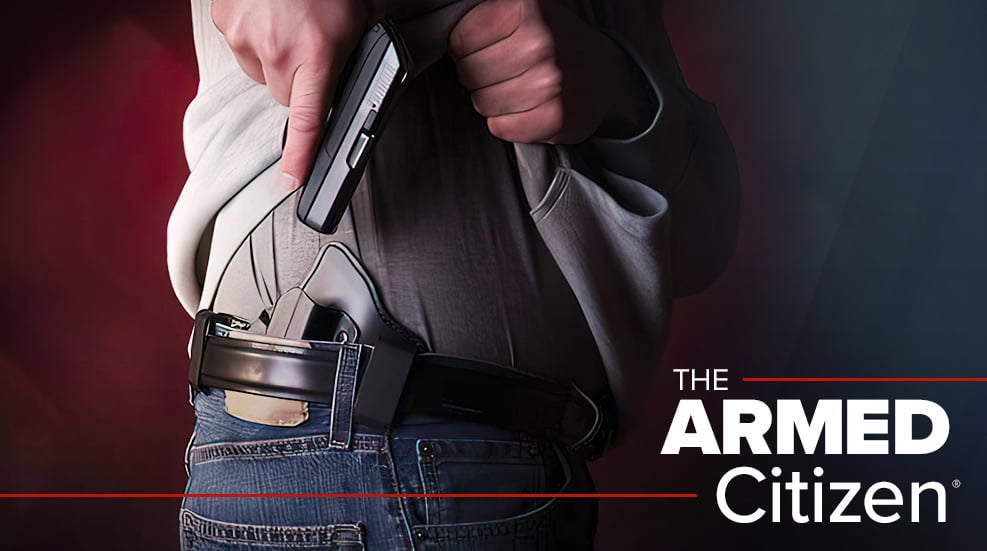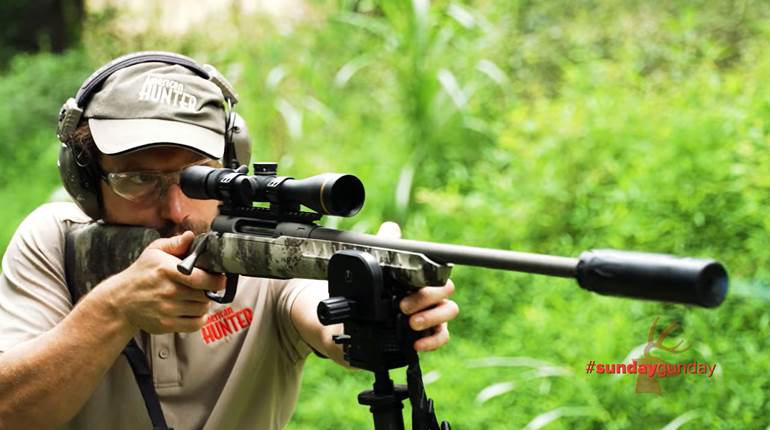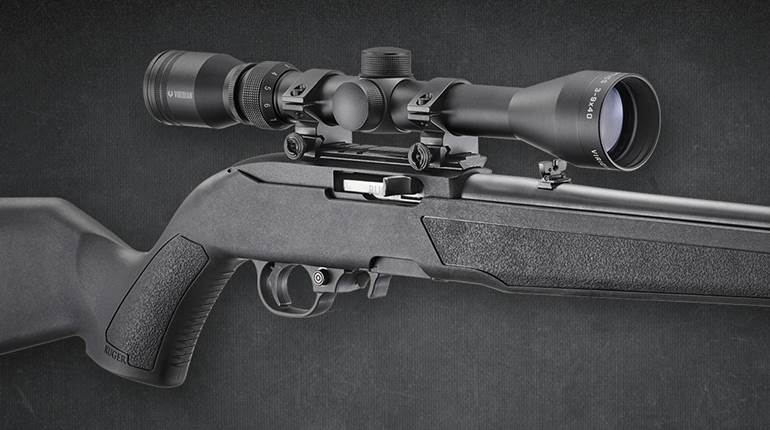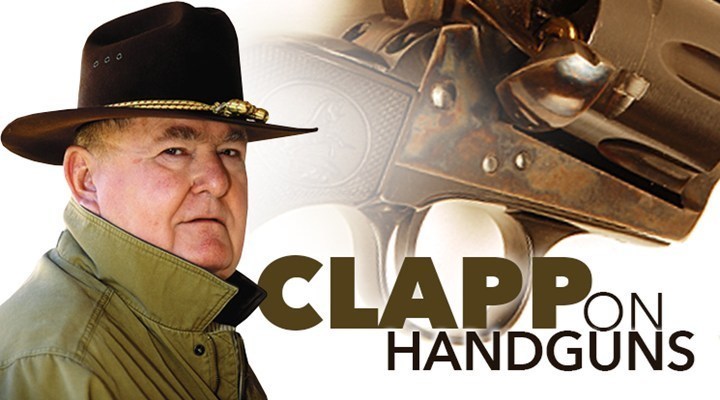
My colleague and friend Jim Wilson recently commented on the Failure Drill. In doing so, he kicked over a hornet's nest, because the readers' comments display a wide range of pro-and-con vehemence, if not common sense. Jim is a sturdy fellow who has weathered his share of storms in life—armed and otherwise—and needs no help from me. But there are a few things in those responses that just cry out for attention. So here's my two cent's worth. 
While it is certainly true that the Failure Drill is getting a little long in the tooth, no one can conclusively establish that an older technique is somehow losing its luster. For Pete's sake, it isn't the paint job on a '53 Chevy, it is an emergency procedure worked out by some master shooter/teachers and based on the specific experience of one of their number. The body armor argument came in years later and is further justification for teaching it. Bad Guys—including some of the recent spate of crowded-building wacko shooters—do wear body armor. Two quick shots is an acceptance of the fact that the portable handgun is not ideal for the job and one more to the head might resolve it. You don't get to take a time out to get a better weapon in this game. Are any of the critics offering an alternative?
It is also true that it was popularized by Jeff Cooper and initially taught as the “Mozambique.” The late Colonel Cooper was not loved by all of his readers, but like the fictional gunfighter in "The Shootist," he was ... widely respected. If you sit back and look at the body of work that this man performed, it seems that he should have been more widely respected. The Failure Drill was one technique in a wide array of techniques taught at Gunsite. Too many critics of Cooper and Gunsite form their opinions of the training on the basis of one 250 Basic pistol week. That's like criticizing your local Kindergarten as being a little weak on quantum physics. In other word, one 250 does not a gunfighter make. If you want to take umbrage with their doctrine (including the outmoded Failure Drill), you should be a veteran of more than reading Chapter One. I am personally well-short of having mastered the entire curriculum, but I've gone there for 20-plus courses since the first one in '93. And yep, I have been trained in the classic Failure Drill, Mozambique or Standard Response—as well as three or four alternative techniques for similar situations.
Jim Wilson made another point in his initial post. He strongly stated that this is not an easy technique to learn and downright difficult to perform at will. It requires time, patience and developed skill. I have watched him do it in practice at Gunsite and it's clear that he knows that of which he speaks. That wirey Texan is a damned handy pistolero.












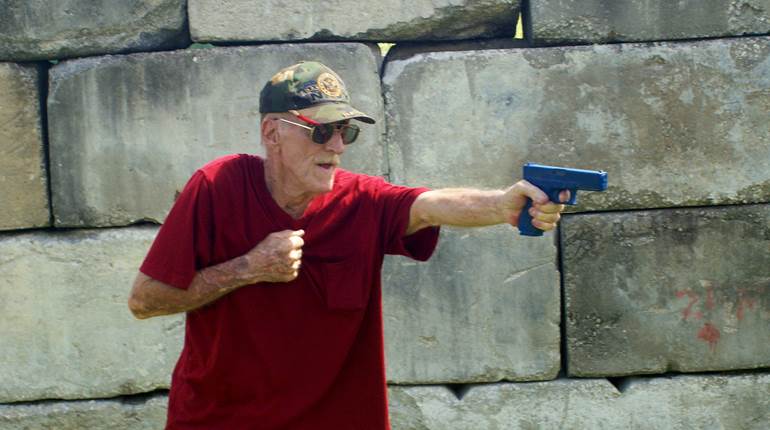


![Winchester Comm[94]](/media/1mleusmd/winchester-comm-94.jpg?anchor=center&mode=crop&width=770&height=430&rnd=134090756537800000&quality=60)
![Winchester Comm[94]](/media/1mleusmd/winchester-comm-94.jpg?anchor=center&mode=crop&width=150&height=150&rnd=134090756537800000&quality=60)





